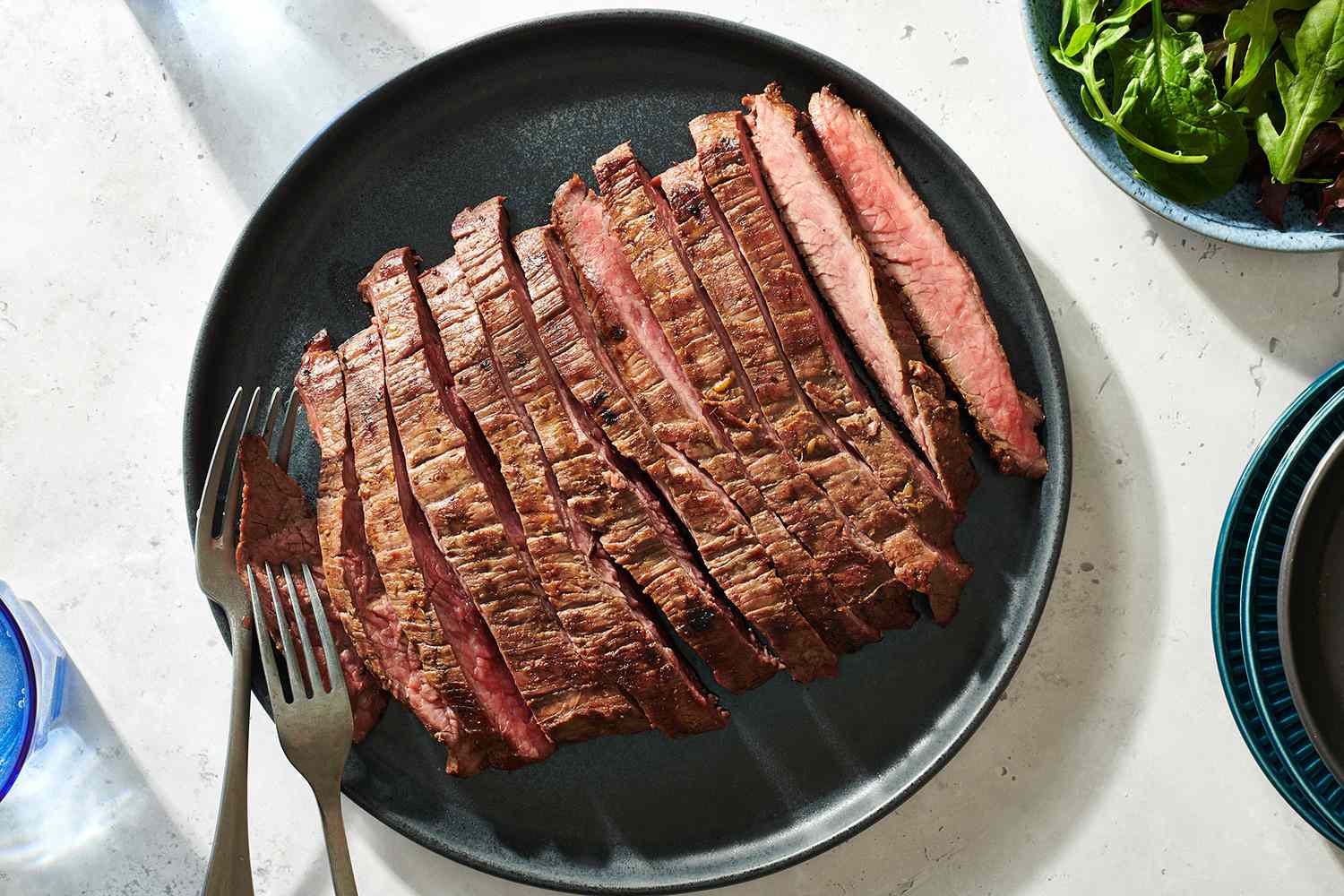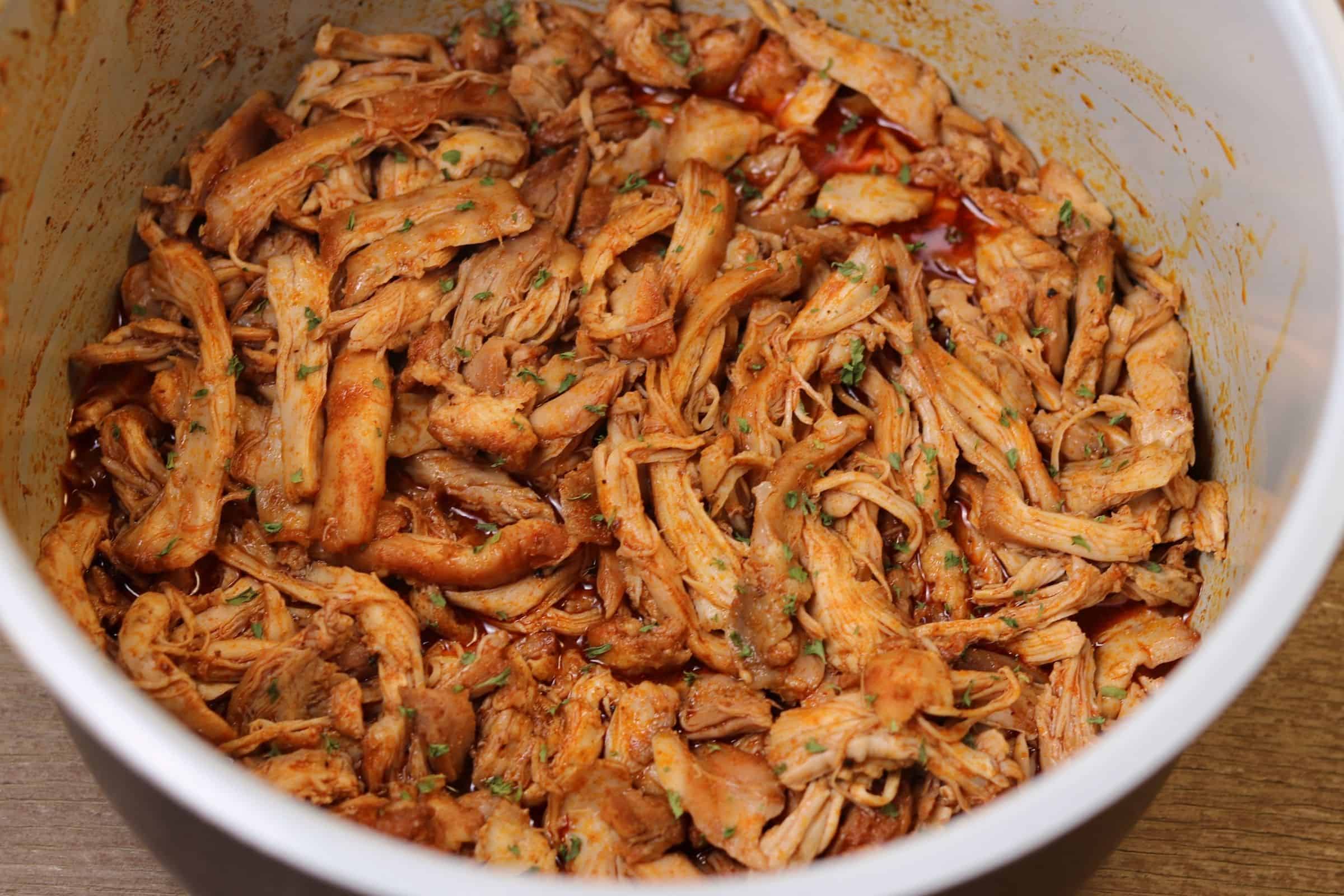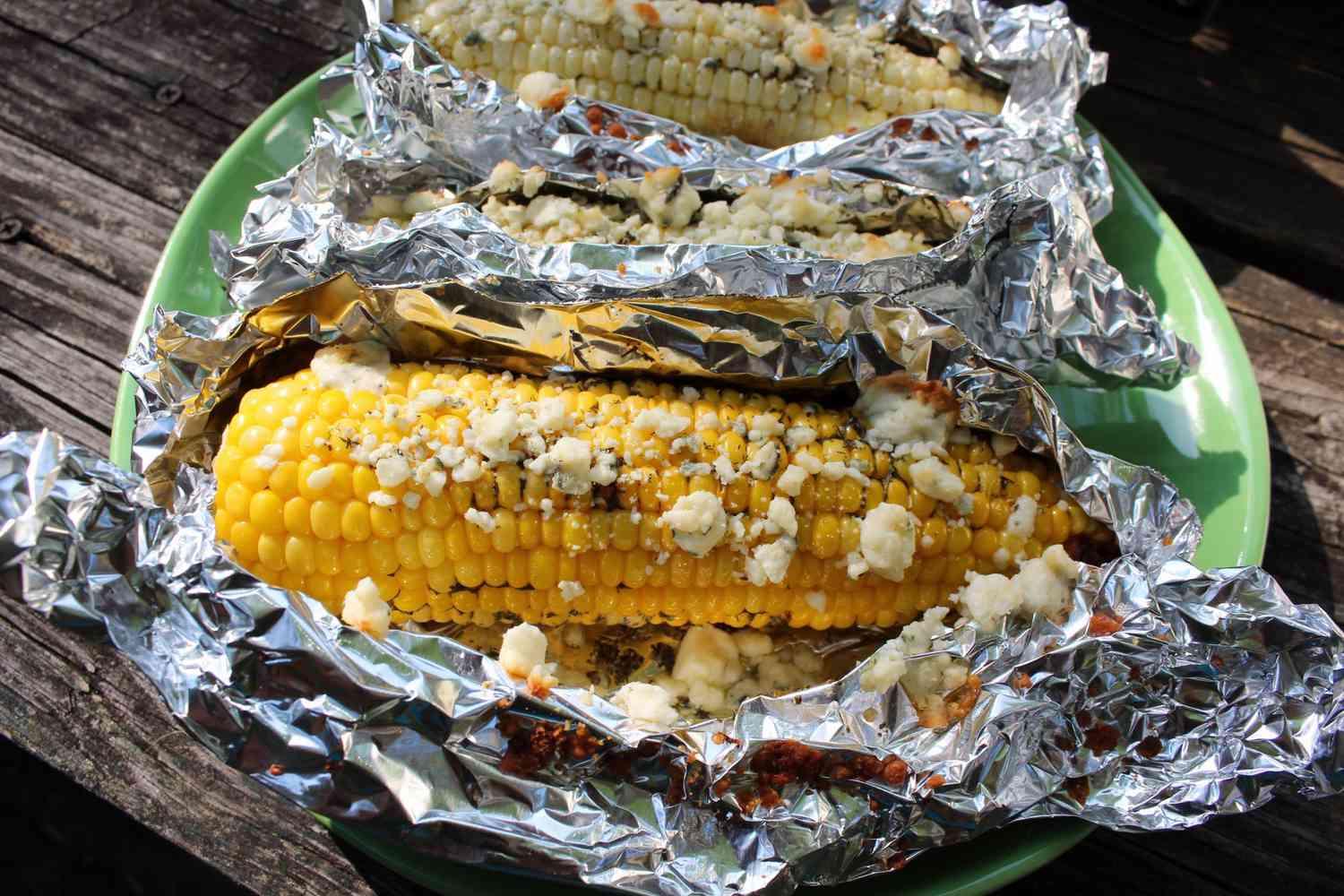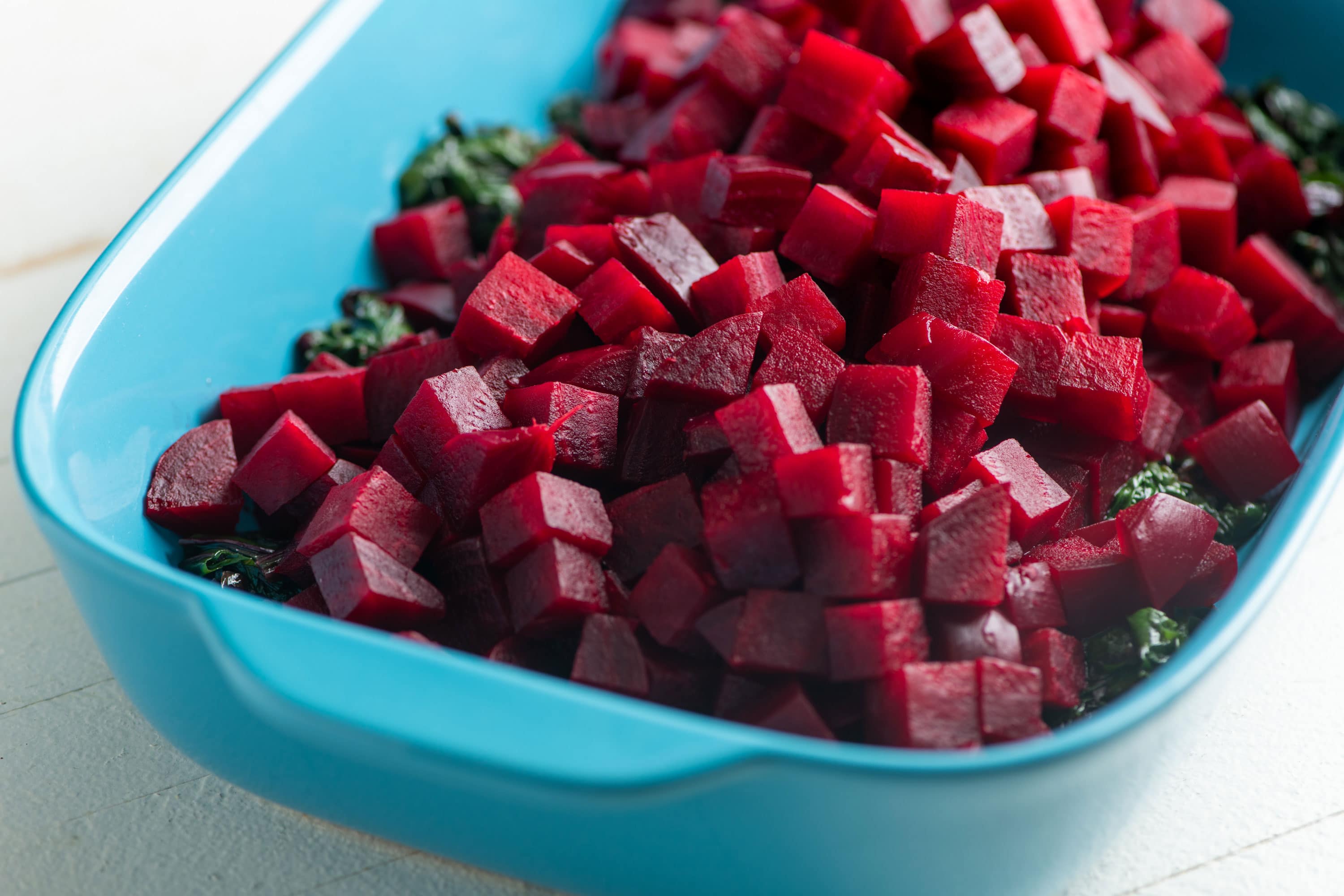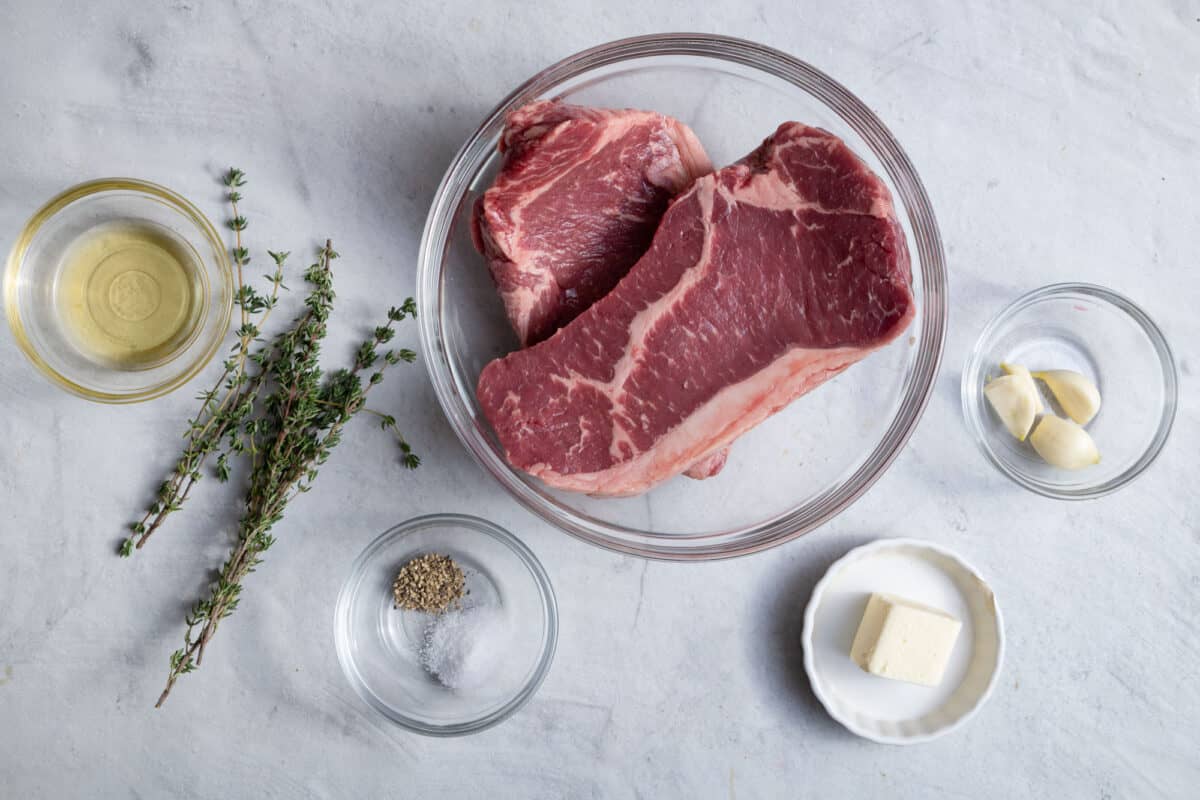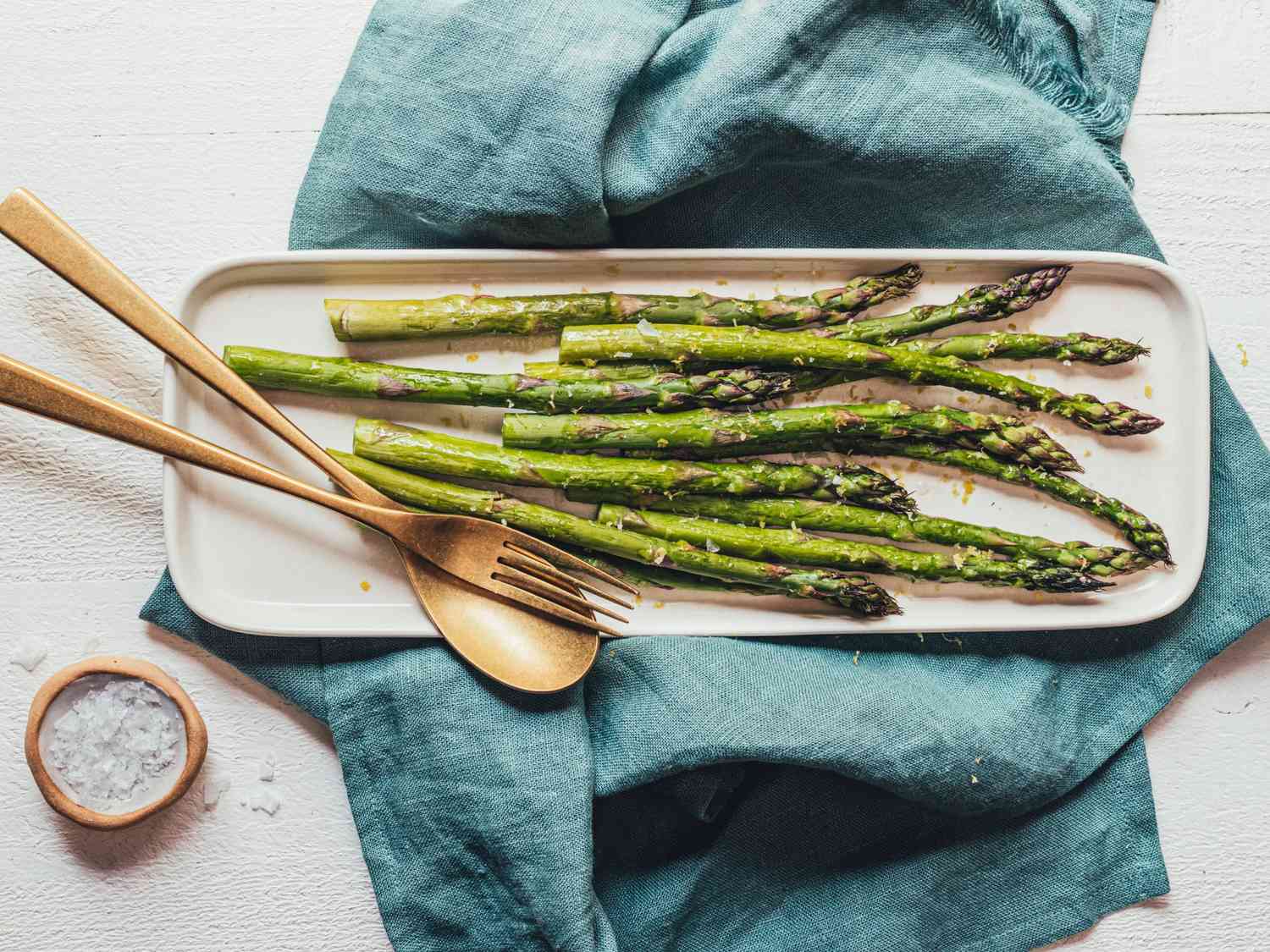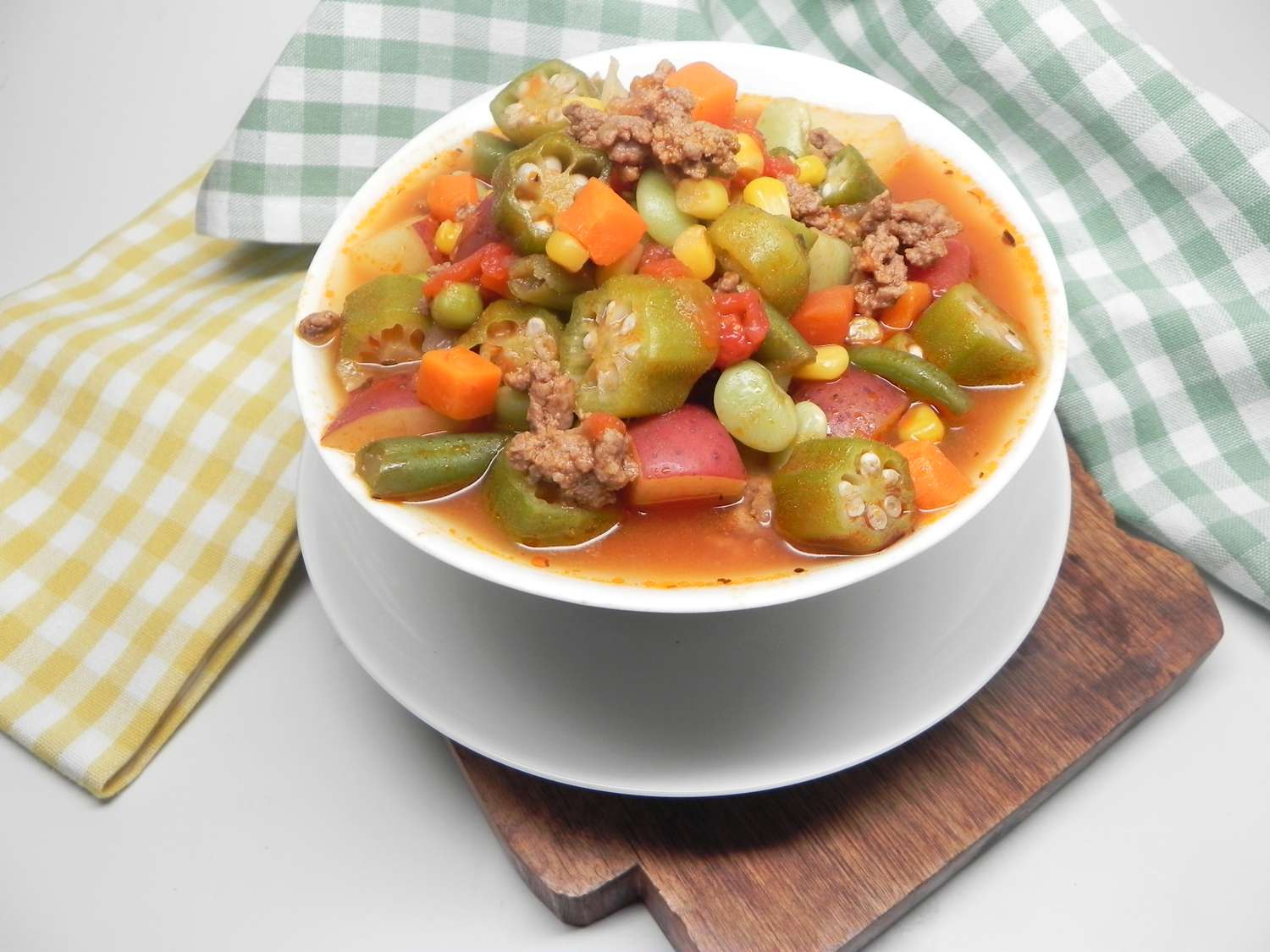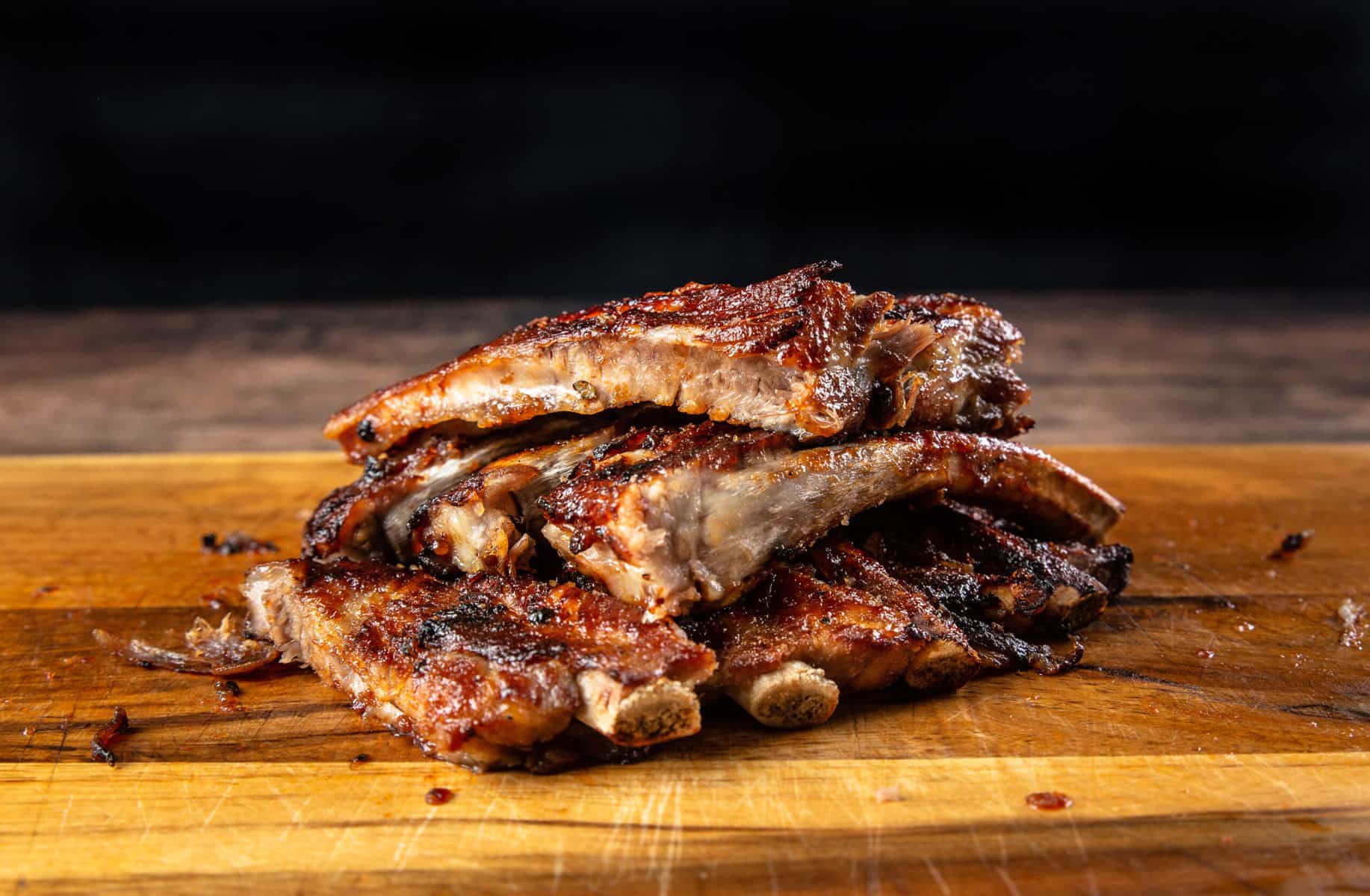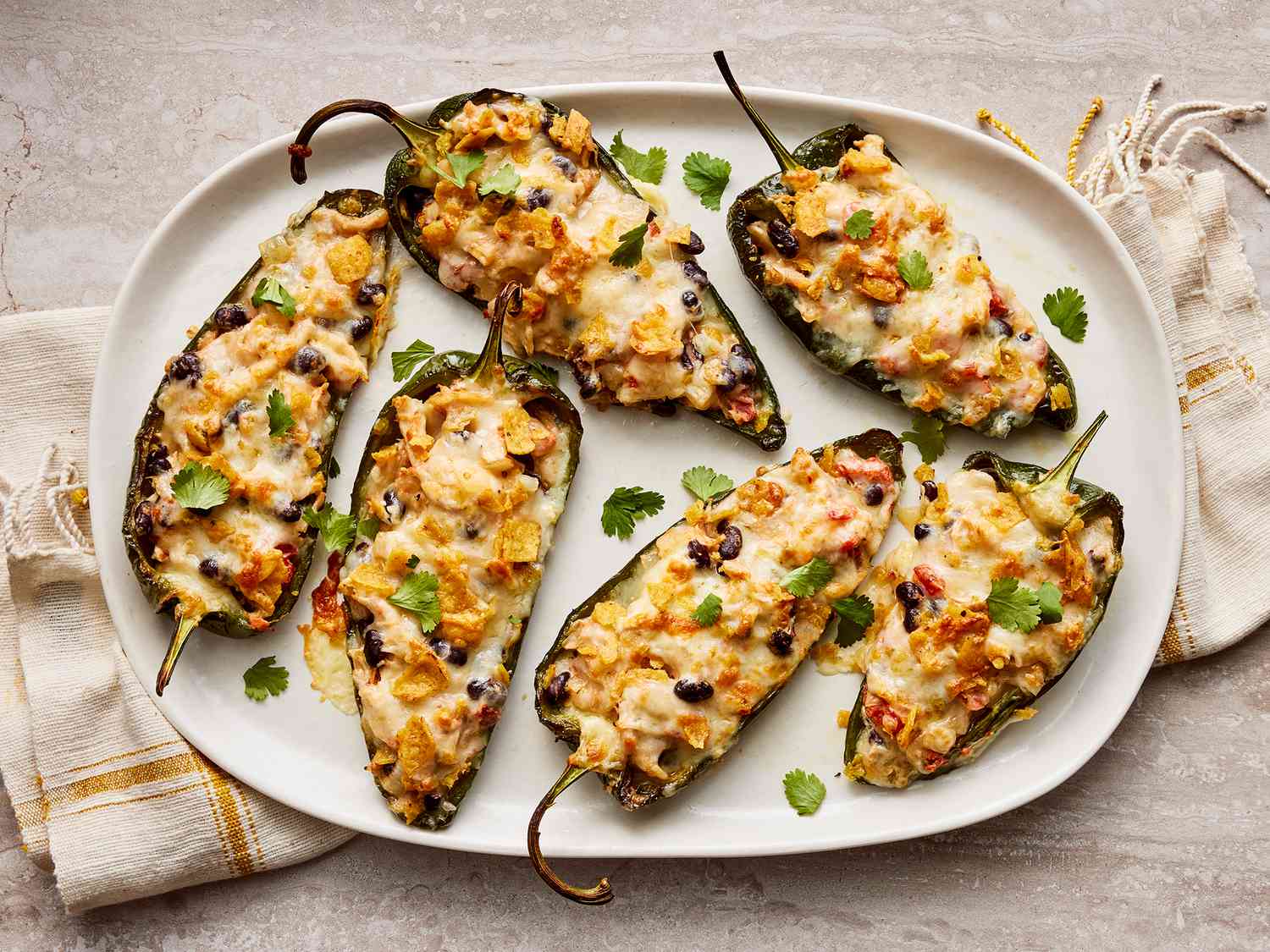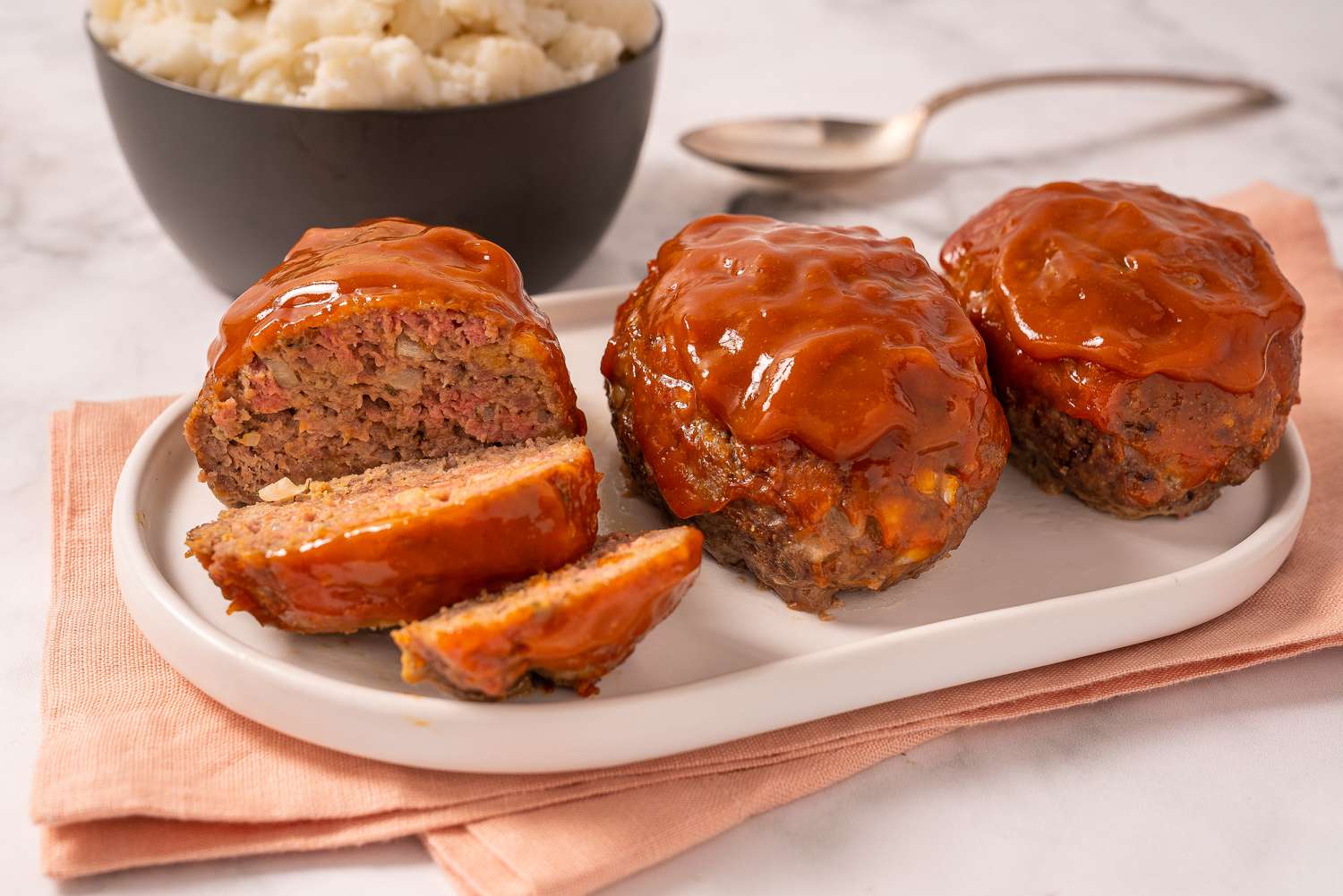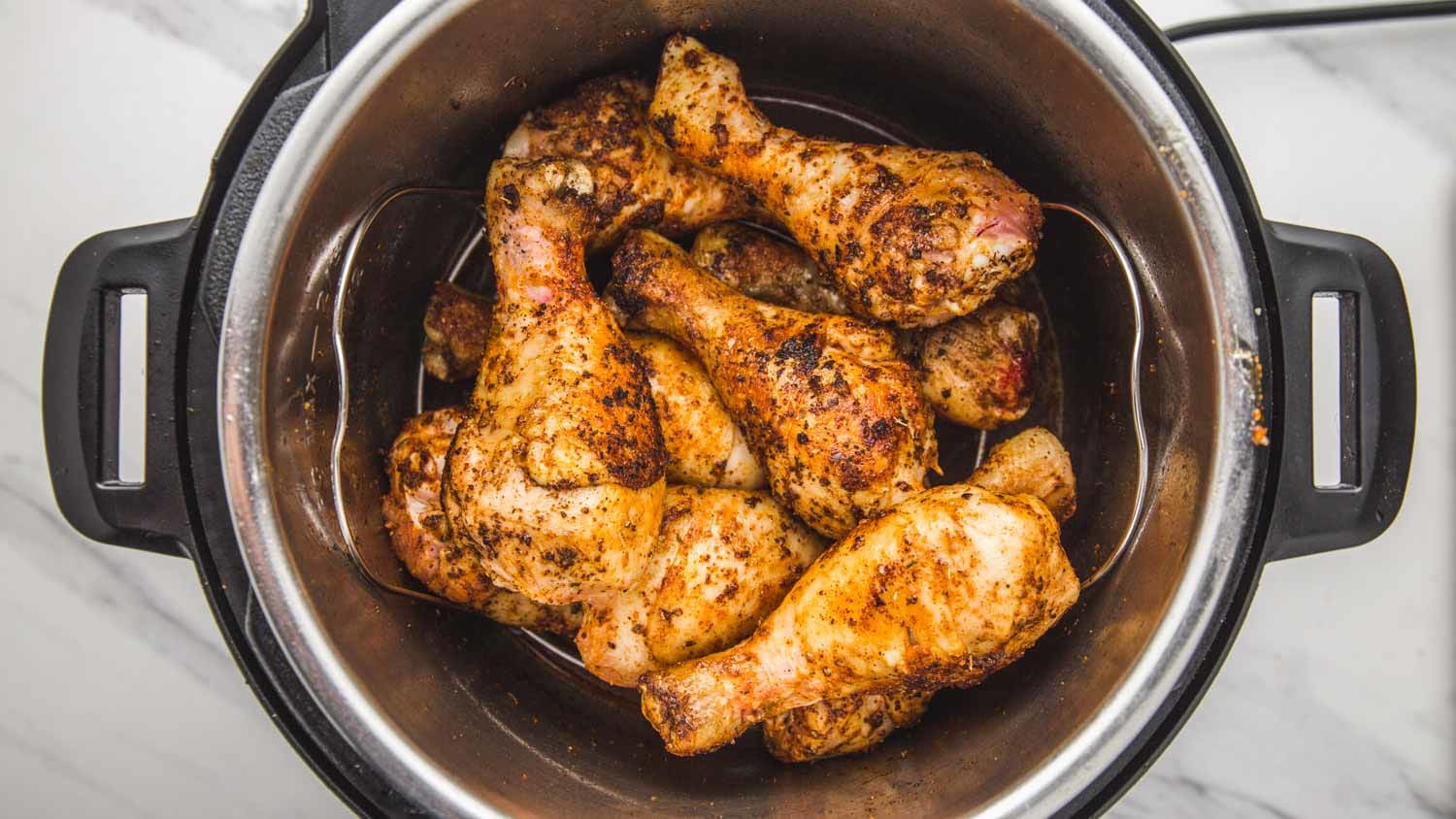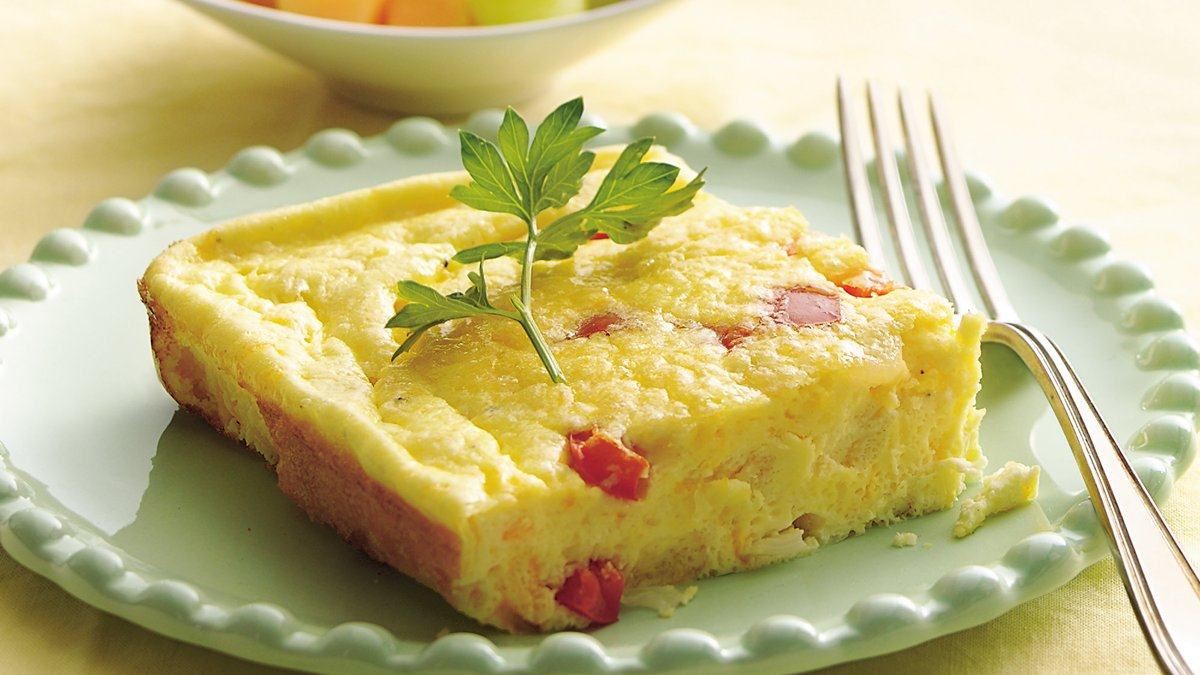Mastering the Art of Brisket in a Pellet Smoker
There’s something magical about sinking your teeth into a perfectly cooked brisket. The tender, smoky flavors combined with the melt-in-your-mouth texture make it a favorite among barbecue enthusiasts. And while traditional methods of smoking brisket require expert-level skills, cooking brisket in a pellet smoker provides a convenient and foolproof way to achieve mouthwatering results every time.
Follow these steps to become a brisket maestro with your pellet smoker:
1. Selecting the Right Brisket
Choosing the right brisket is crucial to the success of your cook. Look for a well-marbled, high-quality cut with a thick fat cap. Opt for a whole packer brisket, which includes both the flat and point cuts.
2. Preparing the Brisket
Before you start cooking, it’s essential to prepare the brisket properly. Trim any excess fat to about a quarter of an inch, ensuring a uniform thickness for even cooking. Apply a generous coating of your favorite dry rub, gently massaging it into the meat to enhance the flavor.
3. Prepping the Pellet Smoker
Ensure your pellet smoker is clean and ready for action. Fill the hopper with your preferred wood pellets, such as mesquite, hickory, or oak, depending on your taste preferences. Preheat the smoker to around 225°F and allow it to reach a stable temperature.
4. The Low and Slow Technique
Cooking brisket is an exercise in patience, so embrace the low and slow method. Place the brisket fat side up on the smoker racks, positioning a drip pan underneath to catch any flavorful juices. Close the lid, and let the magic happen. Maintain a consistent temperature throughout the cook, striving for 225-250°F for a tender result.
5. The Stall
During the cooking process, you may experience a phenomenon known as “the stall.” This is when the meat’s internal temperature plateaus or even drops slightly. Don’t panic! It’s a natural occurrence and an essential part of breaking down connective tissues. Simply be patient and allow the brisket to power through this phase.
6. Wrapping It Up
Once your brisket reaches an internal temperature of 160°F, it’s time to wrap. This step, known as the Texas crutch, helps to lock in moisture and speed up the cooking process. Use butcher paper or aluminum foil, creating a tight seal around the meat. Return the wrapped brisket to the smoker until it reaches an internal temperature of 195-205°F, the sweet spot for tender, juicy perfection.
7. Rest and Serve
Show restraint and resist the urge to dive right into your mouthwatering creation. Allow the brisket to rest for at least one hour, preferably wrapped in a clean towel and placed in a cooler. This resting period allows the juices to redistribute, resulting in a more succulent final product. When it’s time to serve, slice against the grain for maximum tenderness.
8. Your Signature Style
While the steps above provide a solid foundation, don’t shy away from putting your own spin on things. Experiment with different flavor profiles by customizing your dry rub or using a marinade. Adjust cooking times and temperatures to suit your pellet smoker and personal preferences. Don’t be afraid to get creative and make your brisket truly unique.
In Conclusion
Cooking brisket in a pellet smoker takes the guesswork out of achieving delicious results. With a bit of preparation, patience, and a quality cut of meat, you can master the art of brisket and become the envy of your friends and neighbors. So fire up that pellet smoker, gather your seasonings, and get ready to create a brisket masterpiece that will leave everyone asking for seconds.
Was this page helpful?
Read Next: How To Cook Cauliflower Cheese
